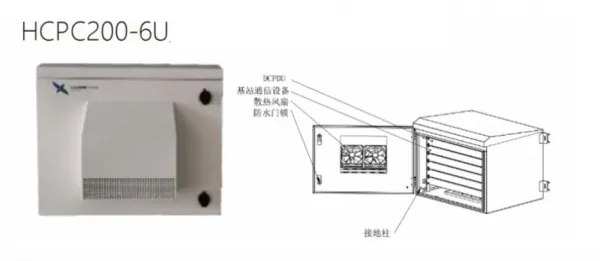base station
A base station represents a critical infrastructure component in modern telecommunications networks, serving as the central hub that enables wireless communication between mobile devices and the broader network. These sophisticated installations combine advanced radio equipment, powerful processors, and specialized antennas to manage signal transmission and reception across designated coverage areas. Base stations operate by converting radio frequency signals into digital data and vice versa, facilitating seamless voice calls, data transmission, and internet connectivity for countless users simultaneously. They incorporate multiple technologies including 4G LTE and 5G capabilities, MIMO (Multiple-Input Multiple-Output) systems, and advanced signal processing algorithms to optimize network performance. The infrastructure typically includes robust power systems, cooling mechanisms, and backup facilities to ensure uninterrupted service delivery. Base stations are strategically positioned to create overlapping coverage zones, enabling smooth handovers as users move between areas. They support various frequency bands and can adapt their transmission parameters based on network conditions and user demands. Modern base stations also feature intelligent resource allocation systems that efficiently manage network capacity and reduce energy consumption while maintaining optimal service quality.


